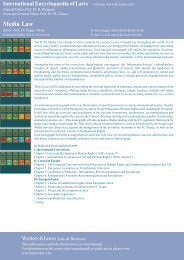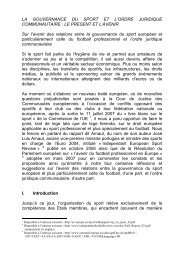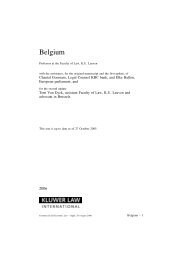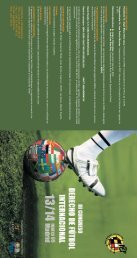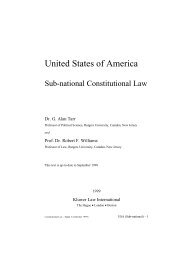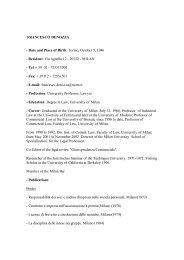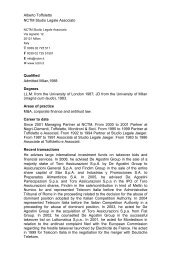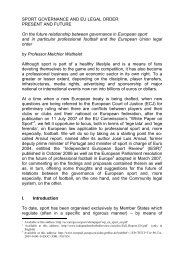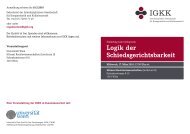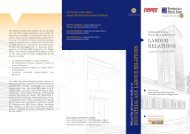Denmark - International Encyclopaedia of Laws
Denmark - International Encyclopaedia of Laws
Denmark - International Encyclopaedia of Laws
Create successful ePaper yourself
Turn your PDF publications into a flip-book with our unique Google optimized e-Paper software.
General Introduction 32–3632. In 1683, King Christian V definitively replaced separate provincial laws,and Jyske Lov, with a unified legal system: the ‘Danish Law’ (Danske Lov). Whilefew provisions <strong>of</strong> the original Danish Law remain in force, <strong>Denmark</strong>’s modern legalsystem is based on some <strong>of</strong> its fundamental principles.33. As a civil law system, <strong>Denmark</strong>’s primary legal source is its statutory lawas enacted by the Government. New bills must go through three Parliamentary readingsand a vote. If passed, bills must be approved by the Government and receiveroyal assent or validation by <strong>Denmark</strong>’s current monarch, Queen Margrethe II. Precedentsset by Danish courts are influential, but not binding in the same manner ascase law in a common law legal system. Danish courts must first and foremost applythe statutory law. Where the solution is not apparent solely from the law, courts mayconsult previous case law or create their own statutory interpretations.34. The Danish Constitution secures fundamental civil rights, including freedoms<strong>of</strong> association and assembly, freedom <strong>of</strong> speech and liberty <strong>of</strong> the subject. Privateproperty is guaranteed unless public policy necessitates restrictions, in whichcase the restrictions will be imposed by law in return for full compensation. Section74 <strong>of</strong> the Constitution preserves free and equal access to trade, a provision that setsthe scene for <strong>Denmark</strong>’s competition laws.I. The Danish Courts35. Founded in 1661 by King Frederik III, yet with roots stretching back evenfurther, the Supreme Court (Højesteret) is the highest court in the Kingdom <strong>of</strong> <strong>Denmark</strong>.Its judgments cannot be appealed to another Danish court. The Court is splitinto two chambers that hear all cases. At least five judges will preside over a caseand the Court’s usual full membership is fifteen judges and a President. Serving asa civil and criminal appellate court for decisions from subordinate courts, theSupreme Court takes cases on appeal from the two High Courts below, the Easternand Western divisions (Vestre Landsret and Østre Landsret), 1 and the Maritime andCommercial Court (Sø- og Handelsretten). Below the High Courts are twenty-fourdistrict courts (byretterne) where legal proceedings are usually instigated.1. The respective jurisdictions <strong>of</strong> the Eastern and Western High Courts reflect their names: theEastern High Court (seated in Copenhagen, but also on occasion in Odense, Nykøbing Falsteror Rønne) hears cases regarding the eastern part <strong>of</strong> <strong>Denmark</strong>, including the middle island <strong>of</strong>Funen, and the Western High Court (usually seated in Viborg, but also known to relocate toAalborg, Aarhus, Kolding, Esbjerg or Sønderborg) hears cases concerning the western part <strong>of</strong><strong>Denmark</strong>.36. Cases <strong>of</strong> fundamental importance or serious criminal cases can be commenceddirectly in one <strong>of</strong> the High Courts and those decisions appealed to theSupreme Court. Generally, legal proceedings can only be appealed once: from a districtcourt to a High Court; or from a High Court to the Supreme Court. Districtcourt cases rarely reach the Supreme Court, although on exception, leave to appealcan be granted by an independent board.Competition Law – (February 2011)<strong>Denmark</strong> – 21



